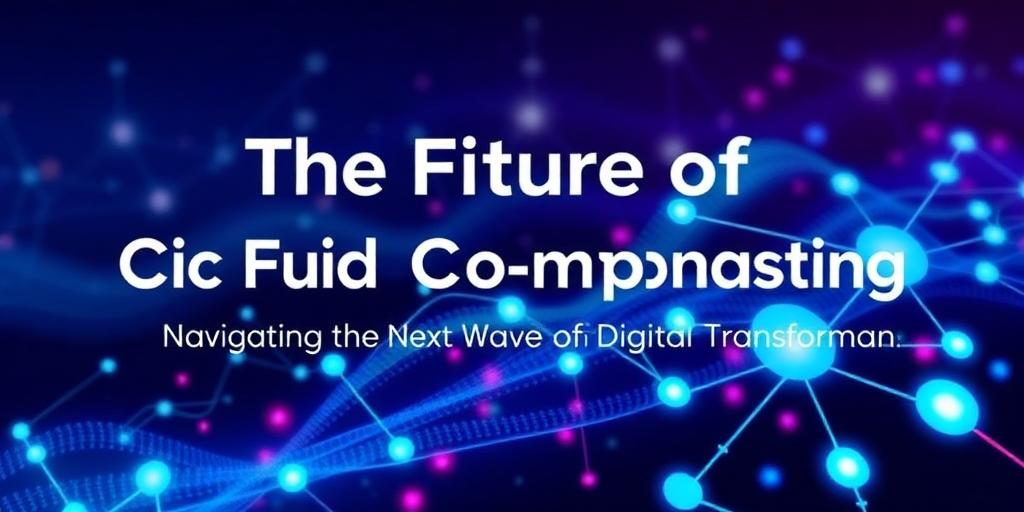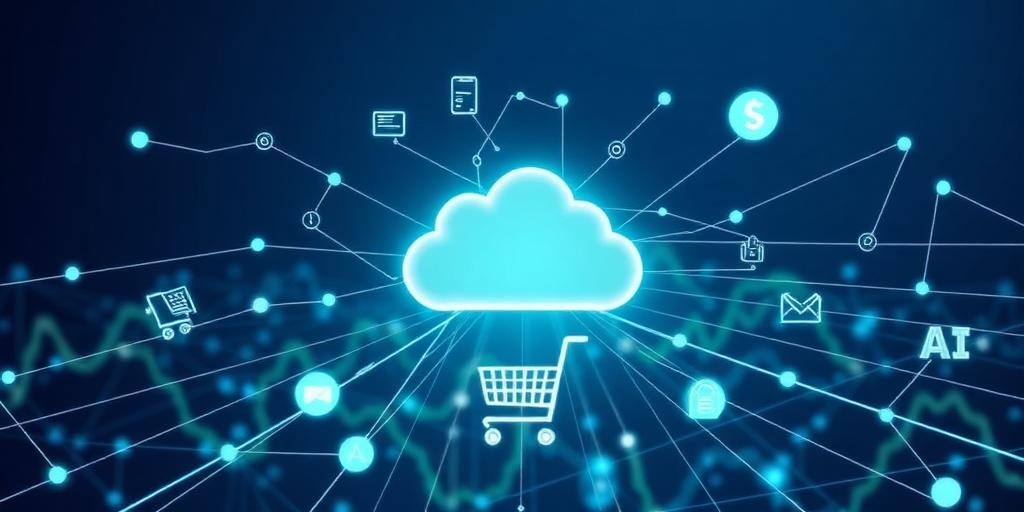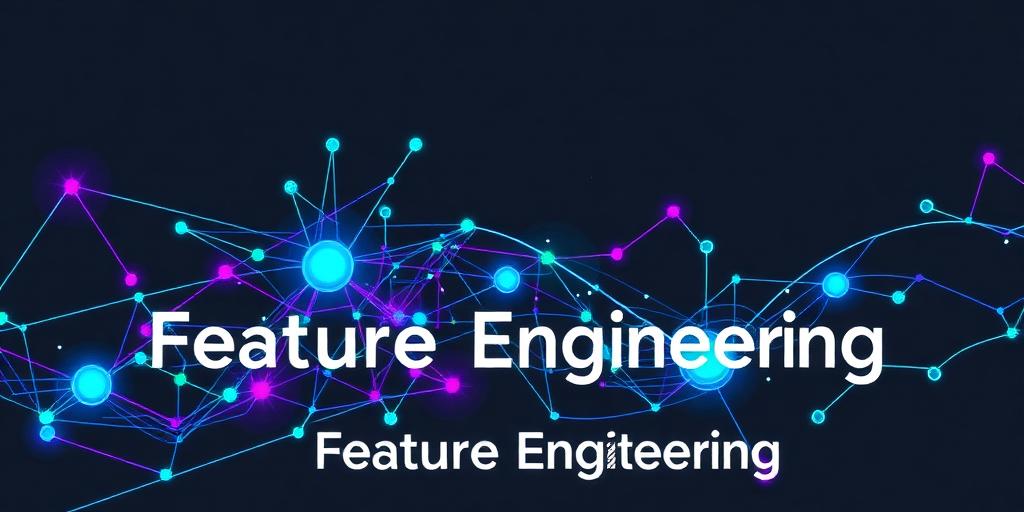Cloud computing has long transcended its status as a mere technological option, evolving into the foundational bedrock of modern enterprise. What began as a disruptive force offering scalable resources has matured into a complex, interconnected ecosystem driving innovation across every sector. As we stand at the cusp of a new era, understanding the emerging trends and making informed predictions about the future of cloud computing is not just strategic—it is imperative for sustained competitive advantage. This analysis delves into the critical shifts poised to redefine cloud infrastructure, operations, and strategic value over the coming decade.
AI and Machine Learning: The Intelligent Cloud
One of the most profound accelerations in cloud development is the deep integration of Artificial Intelligence and Machine Learning. The cloud provides the immense computational power and data storage necessary for training complex AI models, while AI, in turn, is making cloud operations more autonomous, efficient, and secure. We are moving towards an “intelligent cloud” where AI-driven automation, predictive analytics, and self-optimizing infrastructure become standard. This includes AI-powered resource management, automated security threat detection, and advanced data analytics platforms. Expect specialized AI-as-a-Service (AIaaS) offerings to proliferate, democratizing access to sophisticated AI capabilities for businesses of all sizes.
Edge Computing: Extending the Cloud's Reach
The proliferation of IoT devices and the demand for real-time processing are propelling edge computing from a niche concept to a mainstream necessity. Edge computing complements the centralized cloud by bringing computation and data storage closer to the data source, reducing latency and bandwidth consumption. The future will see a seamless continuum between edge and core cloud infrastructure, creating a distributed computing fabric. This synergy is critical for applications requiring instantaneous responses, such as autonomous vehicles, smart factories, and augmented reality. The evolution of “cloud-to-edge” architectures will necessitate new approaches to data synchronization, security, and management.
Hybrid and Multi-Cloud Architectures: The Dominant Paradigm
While the allure of a single public cloud provider remains strong for some, the reality for most large enterprises is a complex mix of on-premises infrastructure, private clouds, and multiple public cloud environments. Hybrid and multi-cloud strategies are not merely transitional phases; they are evolving into the enduring standard for resilience, regulatory compliance, and vendor lock-in avoidance. The focus will shift towards sophisticated multi-cloud management platforms and unified control planes that abstract away underlying infrastructure complexities, enabling seamless workload mobility and consistent policy enforcement across diverse environments. This trend will drive innovation in areas like cloud-native networking and universal identity management.
Serverless Computing and Function-as-a-Service (FaaS): The Ultimate Abstraction
Serverless computing, particularly Function-as-a-Service (FaaS), represents the ultimate abstraction layer in cloud development, allowing developers to focus purely on code without managing underlying servers. While still maturing, serverless is poised for significant growth, becoming a default choice for event-driven architectures, microservices, and rapid application development. Its inherent scalability and pay-per-execution model offer compelling economic advantages. Future iterations will likely address current limitations, such as cold starts and vendor lock-in, further cementing serverless as a cornerstone of agile cloud development.
Enhanced Security and Compliance: A Non-Negotiable Imperative
As cloud adoption deepens and cyber threats grow in sophistication, cloud security and compliance will remain paramount. The future of cloud security will be characterized by a “zero-trust” approach, proactive threat intelligence, and AI-driven anomaly detection. Regulatory frameworks like GDPR and regional data sovereignty laws will continue to shape cloud deployments, driving demand for specialized compliance solutions and transparent data governance tools. Confidential computing, which encrypts data during processing, will also gain traction, providing an additional layer of protection for sensitive workloads.
Sustainability in the Cloud: Green Computing
The environmental impact of large-scale data centers is a growing concern. Consequently, sustainability will become a significant driver in cloud strategy. Cloud providers are already investing heavily in renewable energy, energy-efficient hardware, and optimized cooling solutions. Future trends will emphasize “green cloud” practices, with enterprises actively seeking providers that demonstrate robust environmental commitments and offer tools for monitoring and optimizing their cloud carbon footprint. The adoption of more efficient cloud-native architectures will also contribute to a lower overall environmental impact.
Conclusion
The future of cloud computing is one of pervasive intelligence, distributed reach, and unparalleled resilience. It is a landscape where AI not only runs on the cloud but also optimizes the cloud itself, where computing extends seamlessly from the core data center to the furthest edge devices, and where hybrid strategies offer the optimal blend of control and flexibility. Organizations that embrace these transformative trends—prioritizing robust security, fostering sustainable practices, and leveraging the ultimate abstraction of serverless—will be best positioned to harness the full potential of the cloud for sustained innovation and competitive leadership. The next chapter of digital transformation will unequivocally be written in the cloud.









